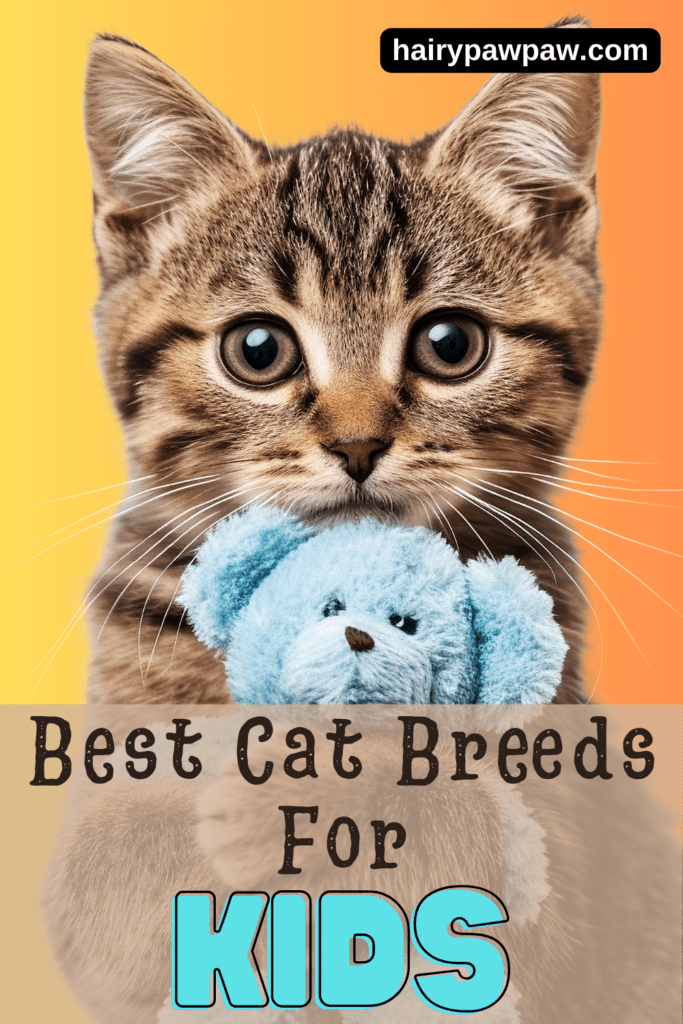This “Bengal Cat Genetics: How to Breed Healthy Cats” post may contain affiliate links, which means I’ll receive a commission if you purchase through my link, at NO EXTRA COST TO YOU
Bengal Cat Genetics: How to Breed Healthy Cats
Breeding Bengal cats is a rewarding experience, but it comes with a responsibility to understand genetics and the impact it has on the health and well-being of the offspring. Bengal cats are renowned for their unique spotted or marbled coats, which mimic the beauty of wild leopards. However, breeding these captivating creatures requires more than just a love for their appearance. Understanding the role genetics play in breeding Bengal cats is essential for producing healthy, well-adjusted kittens.

In this comprehensive guide, we will explore the basics of Bengal cat genetics, the key factors to consider when breeding, and how you can use genetics to ensure you produce strong and healthy kittens. Let’s dive into the science of Bengal cat breeding, focusing on the traits and health aspects you need to prioritize.
1. Understanding Bengal Cat Genetics: The Basics
Bengal cats are a hybrid breed, developed by crossing domestic cats with the Asian leopard cat (Prionailurus bengalensis), a small wild cat species. This hybridization brings unique genetic traits, including the distinctive coat pattern, size, and temperament. Understanding these inherited traits is crucial when breeding Bengal cats.
Coat Patterns and Colors:
The most prominent genetic feature in Bengal cats is their coat. Bengals can have either spotted or marbled coat patterns, with colors ranging from golden to orange or even silver. The gene responsible for the coat pattern is dominant, meaning that if one parent has the gene for spots, the kittens are more likely to inherit this trait.
Silver Bengal cats have a distinct coat color caused by a gene that dilutes the coat’s pigmentation, making the cat appear silvery gray. This gene is also inherited in a dominant pattern.
Size and Build:
Bengal cats are typically larger than most domestic breeds. They are muscular, athletic cats with long, lean bodies. The size of a Bengal cat is partly determined by genetics, but their build can also be influenced by diet and overall health.
Temperament and Behavior:
Bengal cats are active, intelligent, and curious. They are known for their love of climbing, playing, and exploring. Genetics influence their behavior, with some Bengals being more outgoing and others more reserved. However, Bengal cats are generally affectionate and enjoy being around their owners. The key to breeding balanced temperaments lies in selecting cats with compatible personalities.
2. Key Genetic Factors to Consider in Bengal Cat Breeding
When breeding Bengal cats, certain genetic factors can significantly influence the health and success of the litter. Let’s look at some essential considerations.
1. Inbreeding and Genetic Diversity
Genetic diversity is crucial in maintaining the health of any breed. Inbreeding—breeding closely related cats—can result in the passing down of hereditary health issues and reduce the overall genetic health of the breed. By selecting breeding pairs with distinct genetic backgrounds, breeders can minimize the risk of inherited diseases and improve the overall vigor of the kittens.
2. Hip Dysplasia
Bengal cats can inherit certain genetic conditions like hip dysplasia, a malformation of the hip joint that can lead to pain and mobility issues. It’s important to choose breeding pairs with a history of healthy hips to reduce the chances of passing this condition onto the kittens. Regular screening for joint health in breeding cats can help ensure the prevention of this issue.
3. Hypertrophic Cardiomyopathy (HCM)
Hypertrophic cardiomyopathy (HCM) is a heart condition that can affect Bengal cats, and it is hereditary. This condition thickens the heart muscles, which can lead to heart failure if not managed. Breeding Bengal cats with a history of healthy hearts is critical. Testing for HCM in breeding cats can help ensure that you are not passing this condition onto future generations.
4. Progressive Retinal Atrophy (PRA)
PRA is a genetic condition that leads to gradual blindness in cats. Bengal cats are susceptible to this inherited disease, and it’s essential to test breeding cats for PRA before breeding. Genetic testing can help identify carriers of this condition, allowing breeders to make informed decisions and prevent the spread of PRA.

Top 10 Hypoallergenic Cat Breeds
For many people, allergies can make owning a cat seem impossible. The sneezing, itchy eyes, and runny noses often scare potential cat owners away. However, several hypoallergenic cat breeds can significantly reduce allergic reactions. Although no cat breed is entirely allergen-free, certain breeds produce fewer allergens, making them great options for people with allergies.
3. Breeding Strategies for Healthy Bengals
Successful breeding of healthy Bengal cats is not only about selecting cats with desirable traits but also about prioritizing the health and genetic integrity of the breed. Here are some key breeding strategies to follow:
1. Health Testing and Screening
Before breeding Bengal cats, both male and female cats should undergo thorough health testing. This includes genetic testing for conditions such as HCM, PRA, and hip dysplasia. Testing ensures that the breeding pair does not carry genes for serious health issues, which could be passed down to their kittens. Only breed cats that have clear health results, free from known genetic disorders.
2. Choosing Compatible Breeding Pairs
While Bengal cats are beautiful, breeding for physical traits alone can result in problems down the line. When choosing breeding pairs, it’s essential to focus on compatibility in both health and temperament. Consider the genetic background of both parents to reduce the likelihood of inherited diseases. Breeding two cats with opposing genetic weaknesses can lead to healthier kittens with fewer risks of genetic disorders.
3. Outcrossing for Genetic Diversity
Outcrossing is the practice of introducing unrelated genetic material into a breeding program to increase genetic diversity. By occasionally introducing new bloodlines into your breeding program, you can reduce the risk of genetic bottlenecks and enhance the overall health of your kittens. Outcrossing helps prevent the propagation of recessive genetic defects that may otherwise become prevalent in a closed gene pool.
4. Avoiding Over-Breeding
Responsible breeding practices also involve avoiding over-breeding. Breeding a cat too frequently can lead to exhaustion and potential health risks for both the mother and her kittens. It’s essential to allow sufficient recovery time between breeding cycles. Reputable breeders typically limit the number of litters a female cat has in her lifetime to ensure her health and the well-being of the kittens.
4. Raising Healthy Bengal Kittens
Breeding healthy Bengal cats is just the beginning; raising the kittens to be strong, healthy, and well-adjusted is equally important. After birth, ensure that the kittens receive proper nutrition, veterinary care, and a stimulating environment to grow in.
Proper Nutrition:
High-quality kitten food is essential for proper growth and development. During their early months, kittens need a nutrient-dense diet to support their growing bodies and developing immune systems. Make sure to provide kittens with balanced meals that include adequate levels of protein, fat, and vitamins.
Early Socialization:
Bengal kittens are highly intelligent and curious. Start socializing them early to help them grow into well-behaved adults. Provide them with plenty of social interaction, enrichment activities, and exposure to different environments. Early socialization can prevent behavioral problems and help ensure that they develop strong bonds with their future owners.
5. Conclusion: The Importance of Responsible Bengal Cat Breeding
Breeding Bengal cats is an exciting endeavor, but it requires a deep understanding of genetics and a commitment to the health and well-being of the cats involved. By focusing on genetic diversity, health testing, and choosing compatible breeding pairs, you can help preserve the breed and produce healthy, vibrant kittens. Responsible breeding practices ensure that Bengal cats continue to thrive as healthy, happy companions for years to come.
Whether you are a seasoned breeder or just starting, always prioritize the health of your Bengal cats. Understanding their genetics is key to ensuring that the breed remains strong, healthy, and a beloved companion for families worldwide.

Choosing the right cat breed for your family can make all the difference in creating a harmonious home. Cats are known for their independent nature, but some breeds are particularly well-suited for family life, offering affectionate, patient, and playful companionship.




